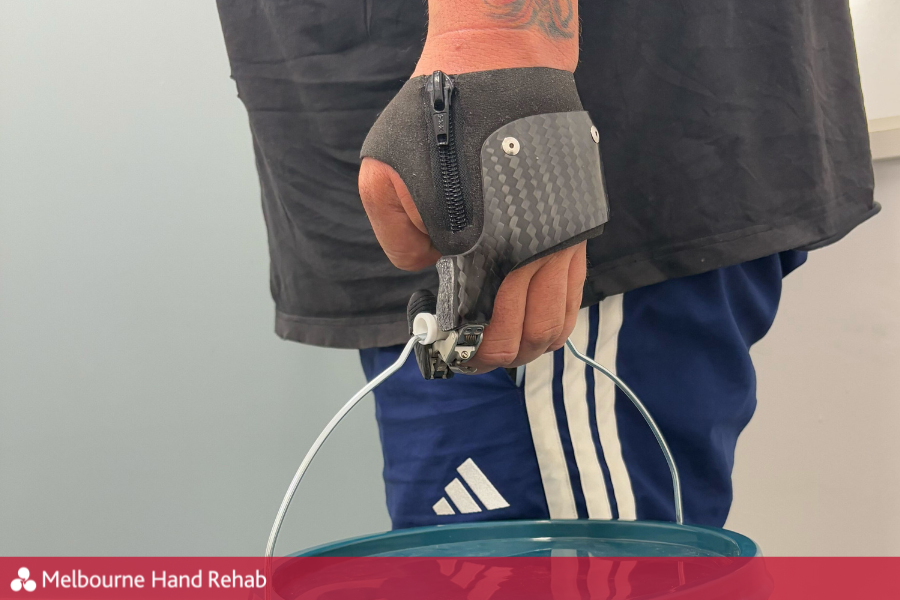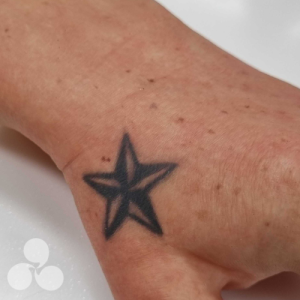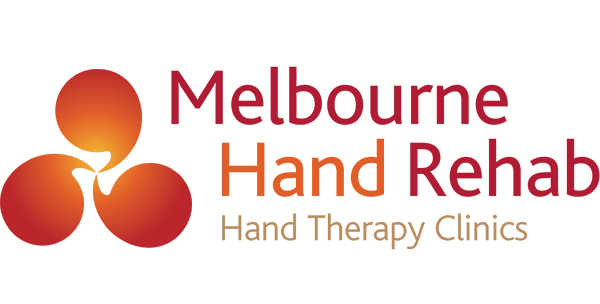
23 May Prosthetic Solutions After Amputation — Restoring Function, Rebuilding Confidence.
Prosthetics with Purpose — Designed for Your Life, Not Just Your Limb.
A prosthesis is a custom-made device designed to replace a missing or damaged body part and help restore function and appearance.
So how can a prosthetic help me after an amputation?
If you’ve experienced an amputation, you may wonder whether a prosthetic could help you regain function or potentially restore a sense of normalcy you’re used to—whether physically, emotionally, or socially. Losing any part of the upper limb can be a deeply challenging experience, affecting not only how you perform daily tasks but also your self-image and emotional well-being. Alongside hand therapy, we can determine if you are eligible for a prosthetic which can assist in restoring both physical ability and confidence. Whether it’s gripping a cup, writing with a pen, or simply feeling more at ease in public, the right prosthetic can make a meaningful difference in your recovery journey.

Matching skin tone, freckles, tattoo, veins & creases.
NXT Generation Prosthetics
As a hand therapist, I’ve had the privilege of working closely with Tomie & Claudia, both Certified Prosthetist/Orthotist (cOP-AOPA) from NXT Generation Prosthetics. NXTgen is a company that understands people are unique and no two limb differences are the same. They design customised prosthetics tailored to each individual’s specifications, offering options which range from highly realistic designs to advanced motorised devices.
Some options include:
– “Lifelike” Prosthetics – also known as aesthetic prosthetics: A prothesis created by a special effects artist to replicate intricate details like moles, veins and tattoos, helping individuals feel more natural and confident in their appearance
– Functional Prosthetics: a mechanical prothesis powered by your muscle movements, restoring essential hand functions like gripping and manipulating objects.
– Motorised prosthetics: advanced mechanical systems which use small motors and sensors to simulate natural hand motion, offering improved precision and control for complex everyday tasks.
There is no set timeline for when to get a prosthetic. I’ve supported a range of people just beginning their recovery journey, including those who have just healed from their operation. I’ve also supported individuals who have lived with an amputation for years. No matter where you are on your recovery journey, we at Melbourne Hand Rehab are here to meet you there. In collaboration with NXTgen, we work together and take the time to understand what matters most to you. Ensuring your prosthetic fits not just your body, but your life.
NXTgen: Bridging Innovation and Individual Care
So, if you’re experiencing finger, hand, wrist, or shoulder pain, don’t hesitate to get in touch. We’d love to help you.
BOOK AN APPOINTMENT
For more information, call us directly on 03 9458 5166
You might also be interested in:
- Recovering From Surgery
- Tennis Elbow: causes, symptoms & treatment
- Post-operative Hand Therapy
- De Quervain’s Tenosynovitis
- Video: Making a splint for De Quervain’s Tenosynovitis



